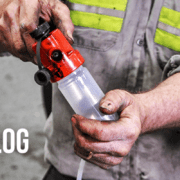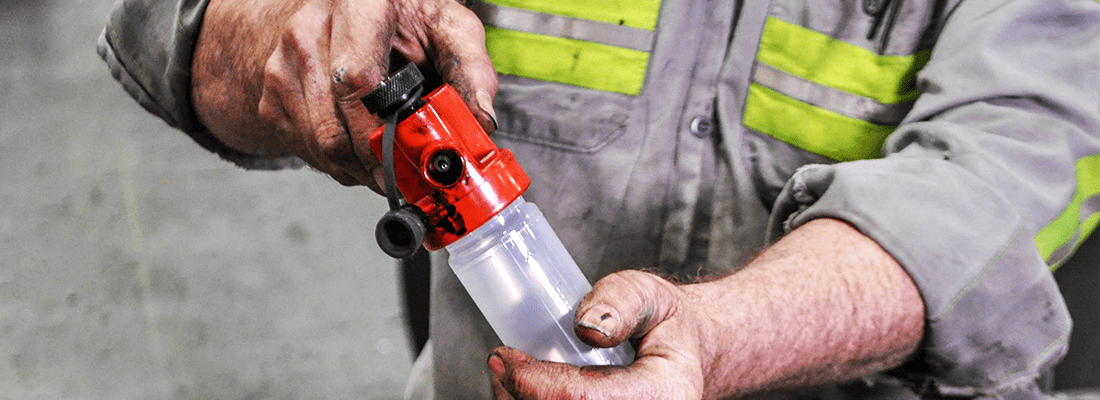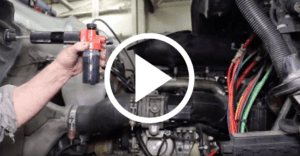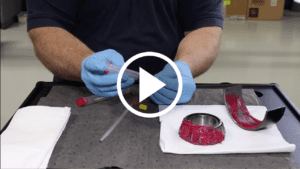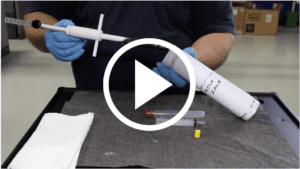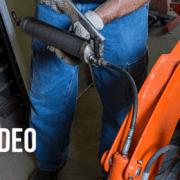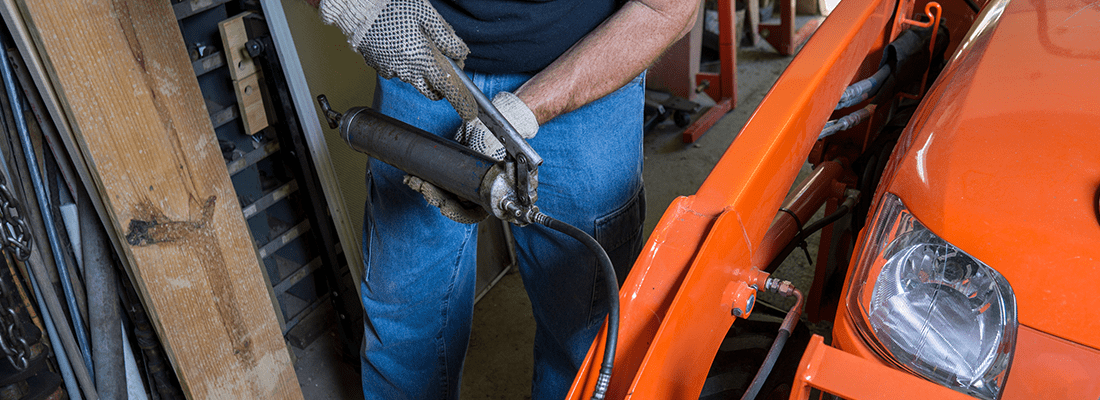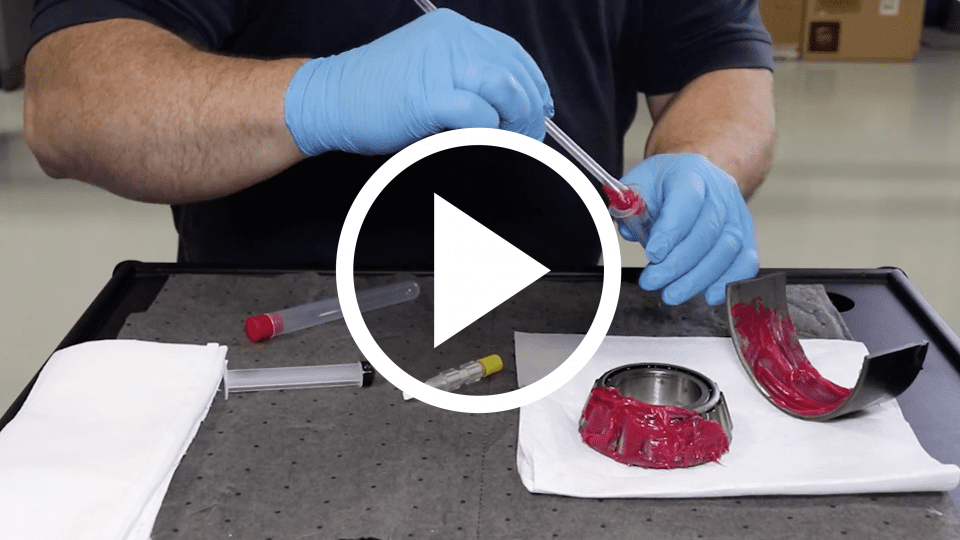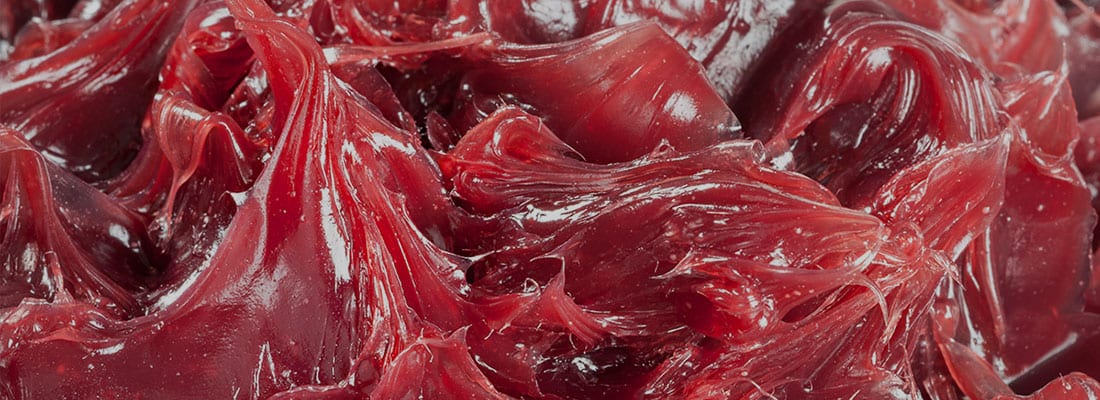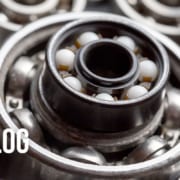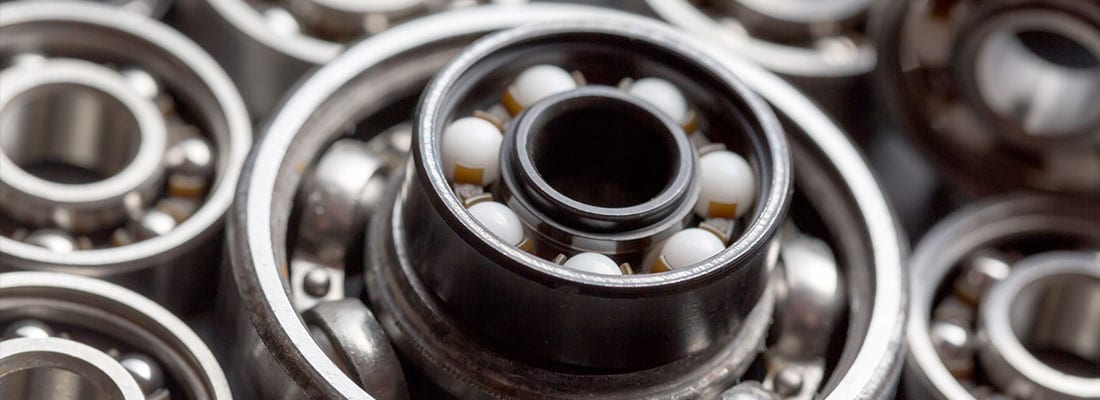Is Your Grease Headed to Failure?
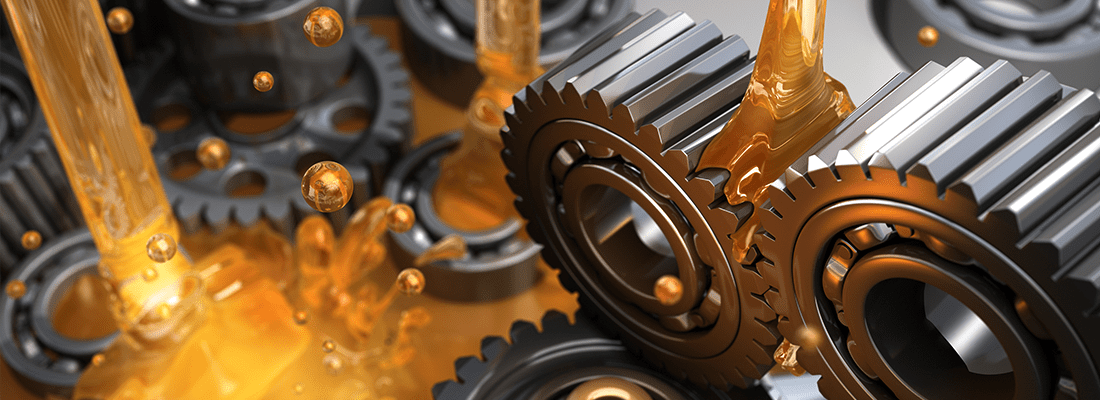
Many maintenance technicians can tell you the health of their equipment just by the way it sounds and their maintenances and lubrication schedules. However, if you ask about their greased components, most say we grease it either on schedule or when it sounds like it needs it. Unfortunately both of those answers cannot tell you the health of those grease components. Your grease could be headed to failure without giving you any external indication.
Problems with a Grease Schedule
If you grease on a schedule, you could be greasing that unit too much and as you add that grease, you have to ask how much is too much. If you happen to be greasing too much, then you could be over lubricating your bearings which can cause the balls or rollers to slide along the race rather than turning. Then, the grease could actually churn. This churning mechanism could ultimately bleed the base oil from the grease. What will remain to lubricate the bearing is a thickened grease with little or no lubricating elements. Since there is not enough lubricating oil, and there’s excess heat from the churning, the grease would start to harden. The final outcome is bearing failure and equipment downtime.
Waiting to Re-Grease
On the flip-side, if you wait until it sounds like it needs grease before re-greasing, then you have already starved the component and the damage is already done. Putting grease in will only quiet it down but the final outcome is bearing failure and equipment downtime.
Prevent Failure and Downtime
The proper way to prevent greased equipment failure is to monitor the component through regular grease analysis. By monitoring not only the wear but the grease properties, you can truly know how the grease is holding up. Under operation heat, load and external environmental influences can degrade the properties of the lubricant and its ability to provide lubrication of your greased equipment.
Learn more about our grease testing solution here.

Proven Impact. Proven Uptime. Proven Savings.
Let us prove it to you.


